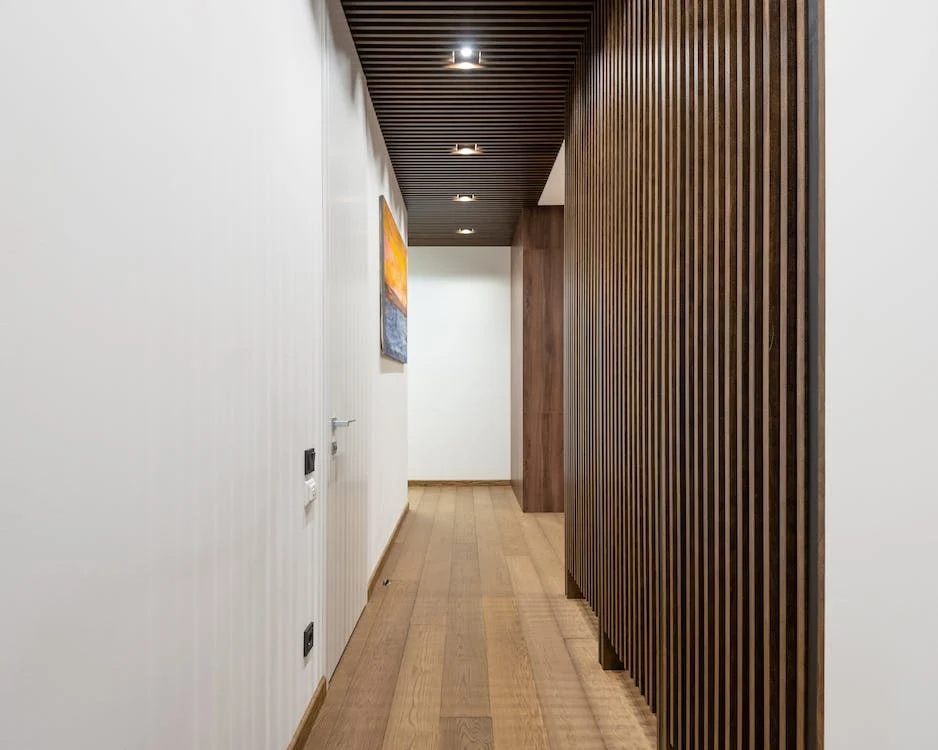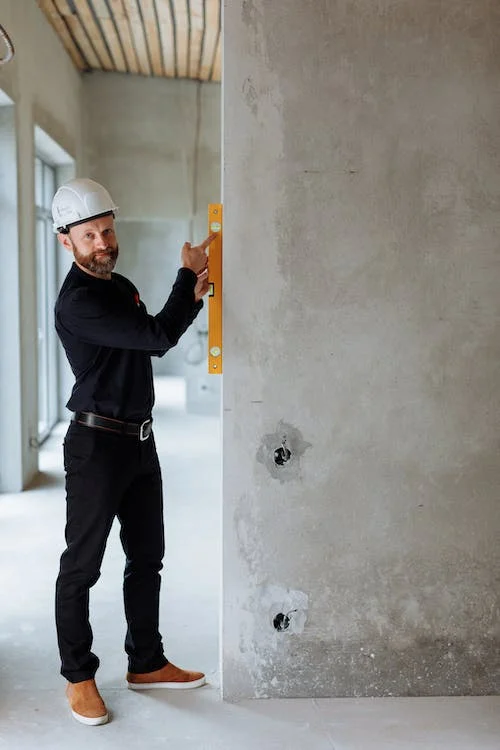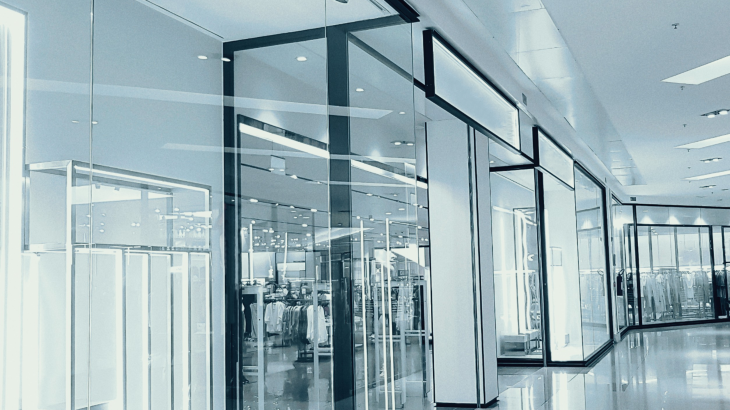Discover the Different Types of Partitions
Installing partitions is often essential when building or renovating a house. Partitions are used to delimit rooms, protect insulation or hide cables. They exist in all forms and for all budgets. This article reviews the different types of partitions, their advantages, their disadvantages, and their prices.
What are the points to consider when choosing a partition?
Several types of partitions exist to satisfy all needs. Many criteria must be taken into consideration to choose the new partitions for your house:
– the need for thermal insulation;
– the need for acoustic insulation;
– the presence or not of cables and pipes behind the partition;
– the type of room (wet or dry);
– the nature of the floor on which the partition will be installed;
– the objectives of the partition (to insulate, to separate a room, to hide the insulation, to decorate, etc.).
Because partitions perform various functions in the home, they should be chosen one by one according to the role they will play.
There are 2 types of partitions:
– The separating partitions that separate homes between them. They can be single or double-faced.
– The distributive partitions allow for the separation of the spaces and rooms of the house.
The plaster partition: for a good acoustic insulation
Gypsum panels are a very common type of partition in the building industry. They offer very good soundproofing and are primarily used to separate spaces in a home. Plasterboard can be used in both dry and wet rooms. For the latter, however, it is important to choose waterproof boards. Another advantage is that plasterboard allows for the integration of any pipes and electrical wires. They are also easy to coat and paint.
On the downside, it is essential to keep in mind that plasterboard is only fire-resistant for an average of half an hour. It will also be less solid than a wooden or brick wall. In addition, the installation of a plasterboard requires the installation of a metal or wood frame.
In terms of price, you should expect to pay between $2 and $10 per square meter for materials, excluding installation.
The wooden partition: design above all

Above all, you will opt for a wooden partition for its aesthetic, warm side, and quality. The latter has the advantage of contributing fully to the interior decoration while ensuring good thermal insulation. This noble material can be used as a distributive partition as well as a separating partition or a removable partition. Its quality and its thermal and phonic performances depend, however, on the chosen species, on the presence or not of a lining, and on the selected thickness.
The major disadvantage of wood partitions is the cost of materials. The cost of wood partitions starts at $3.50 per square meter (2), depending on the type of wood, the type of partition, and the design chosen.
Honeycomb panel partitions: for thermal insulation
An excellent thermal insulator, the honeycomb panel wall is also made of plaster since it consists of two sheets of plaster placed around a cardboard strip. Particularly light, this partition is mainly used for the most difficult areas to partition, especially the attic of a building. These partitions are built on a frame and used for floors with little resistance.
On the downside, honeycomb panel partitions offer poor sound insulation, averaging 30 decibels. If their lightness is appreciated for the most difficult-to-access places, it must also be deplored for their poor fire resistance, about a quarter of an hour.
For the price, count from $10 to $30 per m² on average for the materials alone.
The cellular concrete wall: a very good solidity
If it is, above all, the solidity that you are looking for, then opt for the installation of cellular concrete partitions. Light and resistant, this material is particularly suitable for fragile floors. It consists of concrete blocks embedded in each other and can be used in all rooms of the house since it is perfectly resistant to water. At the same time, concrete walls offer good sound and heat insulation and excellent fire resistance, averaging 3 hours.
However, the installation of concrete tiles requires real know-how and the intervention of a qualified and equipped professional. It is also a particularly expensive type of partition, with an average of $15 to $50 per m² excluding installation. This material is, therefore, only to be used in certain areas of the house.
Glass partitions: to let the light through

There is nothing like a glass partition to partition a space while preserving natural light. Made of glass tiles embedded between them, this type of partition allows light to circulate between rooms while isolating them acoustically. The main advantage of using this type of partition is its design, as there are many different variations and colors. The glass wall is particularly appreciated for bathrooms because it preserves light and is water resistant.
The glass block wall, healthy and durable, has the disadvantage of being expensive. You should expect to spend $2 to $10 per glass block, excluding installation, depending on its thickness, design, and color.
Brick partitions: strong and insulating

Not very common and mostly chosen for its design aspect, the brick wall is, in most cases, covered with a coating and then paint. Its 2 main advantages are its sturdiness and its insulating properties.
However, this type of wall has a number of disadvantages. It requires the intervention of a mason as well as plaster finishes that take a long time to dry. Moreover, bricks are both heavy and expensive. Count on $70 to $120 per m², including labor. This type of material is rarely chosen to partition a building.
Who to call for the installation of a partition? At what price?
Calling on a professional craftsman is essential to obtain partitions that perfectly meet your expectations. But which trade should you entrust with this work? In reality, it all depends on your project and the type of building. Plasterboard, for example, will be installed by a plasterer, while bricks will have to be installed by a mason. As for the price, it all depends on the material chosen.
Count on average:
– from $10 to $30 per m² for the installation of a plaster wall;
– from $20 to $60 per m² for the installation of a wooden wall;
– from $15 to $25 per square meter for the installation of a cellular panel wall;
– from $40 to $70 per m² for the installation of a concrete wall;
– from $150 to $500 per m² for the installation of a glass partition;
– $50 to $100 per square meter for a brick wall.
The labor will play a determining role in the total amount of the estimate of your walls. This is why it is advisable to compare estimates beforehand. Calling on several craftsmen and comparing offers is the best way to save on the cost of your partitioning work.



















